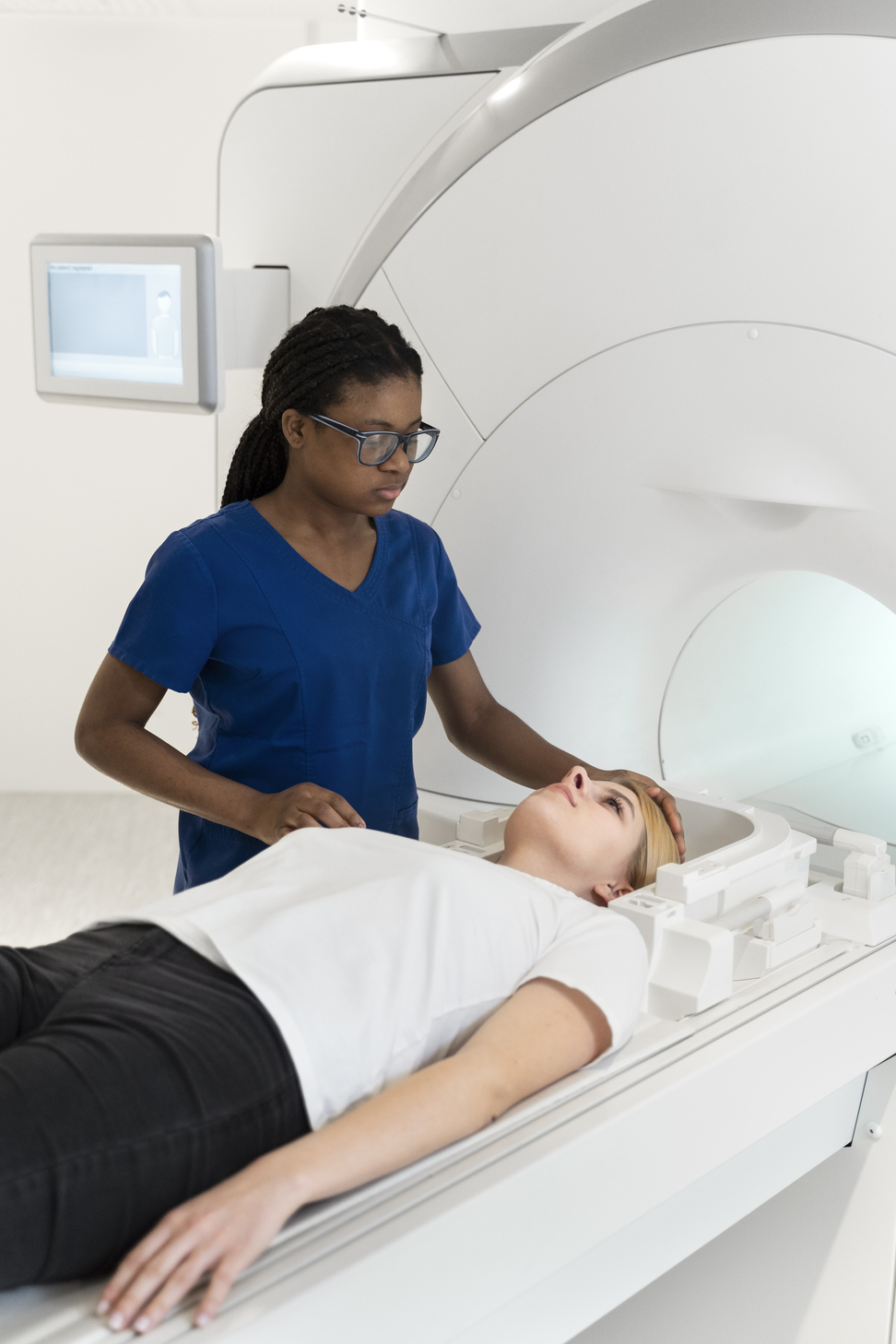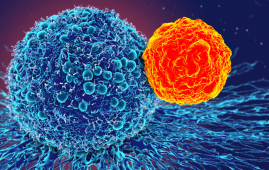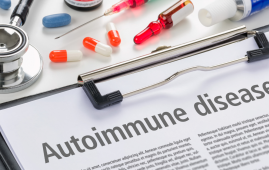

In a study reported in The Lancet Oncology, researchers from the Mayo Clinic Comprehensive Cancer Center found that breast cancer treatment might need a shorter time. They looked at two different schedules for a pencil-beam scanning proton therapy that’s really precise in targeting cancer cells while protecting healthy ones, thus reducing the risk of side effects.
Breast cancer survival rates are improving because it is getting better at finding and treating it. But the emphasis is also on the breast cancer treatments not causing problems later on, like long-term side effects from radiotherapy.
Before this study, all patients who got proton beam therapy after a mastectomy for breast cancer had to go through 25 to 30 treatment days, usually over five to six weeks. The idea was to see if they could do it faster without causing more side effects.
They tested this on 82 patients who needed this breast cancer treatment, many of whom had breast reconstruction. They divided them into two groups: one group got the usual treatment in 25 days, and the other got a shorter treatment in 15 days. The hypofractionated proton therapy treatment used stronger doses each time, so it only took three weeks to finish. Both groups had their breast cancer controlled well, and they didn’t have more problems in the normal tissue around the cancer. So, the shorter treatment worked just as well as the conventional method without more complications.
“The study provides the first prospective data supporting the use of shorter-course proton PMRT, including in patients with immediate breast reconstruction, and the first mature results of a randomized trial in the field of breast particle therapy,” says Robert Mutter, M.D., a radiation oncologist and physician-scientist at Mayo Clinic Comprehensive Cancer Center. “We can now consider the option of 15 days of therapy with patients based on the similar treatment outcomes observed as the longer conventional course. Of note, the short course actually resulted in reduced skin side effects during and after treatment.”
This new treatment schedule works well and also makes life easier for patients. They don’t have to deal with the extra hassle, cost, and other problems that come with the longer treatment.
Proton beam therapy centers are not everywhere. So, revealing the safeness and workability of this shorter breast cancer treatment could help more difficult-to-treat cancer cases get access to this advanced proton beam technology.
The researchers believe it’s worth looking into how much radiation is best and how it should be delivered. They are planning more research on proton postmastectomy radiotherapy (PMRT), which might even lead to treatments as short as just five days.
“Ultimately, our goal is to personalize radiotherapy based on tumor biology,” Dr. Mutter says. “We want to identify the best possible radiotherapy schedules or drug-radiotherapy combinations to eliminate cancer while minimizing side effects.”
Know more about Breast Cancer – Detection, Diagnosis, and Patient Psychological care
more recommended stories
 T-bet and the Genetic Control of Memory B Cell Differentiation
T-bet and the Genetic Control of Memory B Cell DifferentiationIn a major advancement in immunology,.
 Ultra-Processed Foods May Harm Brain Health in Children
Ultra-Processed Foods May Harm Brain Health in ChildrenUltra-Processed Foods Linked to Cognitive and.
 Parkinson’s Disease Care Advances with Weekly Injectable
Parkinson’s Disease Care Advances with Weekly InjectableA new weekly injectable formulation of.
 Brain’s Biological Age Emerges as Key Health Risk Indicator
Brain’s Biological Age Emerges as Key Health Risk IndicatorClinical Significance of Brain Age in.
 Children’s Health in the United States is Declining!
Children’s Health in the United States is Declining!Summary: A comprehensive analysis of U.S..
 Autoimmune Disorders: ADA2 as a Therapeutic Target
Autoimmune Disorders: ADA2 as a Therapeutic TargetAdenosine deaminase 2 (ADA2) has emerged.
 Is Prediabetes Reversible through Exercise?
Is Prediabetes Reversible through Exercise?150 Minutes of Weekly Exercise May.
 New Blood Cancer Model Unveils Drug Resistance
New Blood Cancer Model Unveils Drug ResistanceNew Lab Model Reveals Gene Mutation.
 Healthy Habits Slash Diverticulitis Risk in Half: Clinical Insights
Healthy Habits Slash Diverticulitis Risk in Half: Clinical InsightsHealthy Habits Slash Diverticulitis Risk in.
 Caffeine and SIDS: A New Prevention Theory
Caffeine and SIDS: A New Prevention TheoryFor the first time in decades,.

Leave a Comment